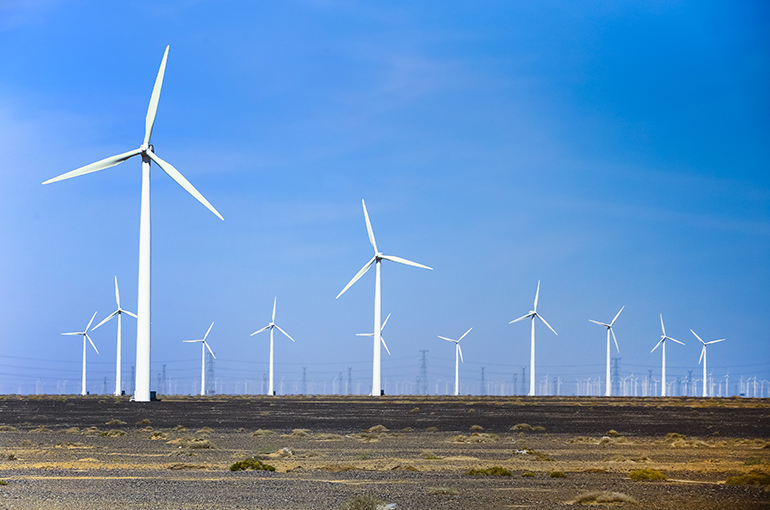 China Sets Bold New Wind Energy Targets
China Sets Bold New Wind Energy Targets(Yicai) Oct. 21 -- China’s wind energy industry has issued ambitious new targets for expanding the nation’s wind power generation through 2060, increasing the goal for 2030 by nearly 63 percent from the plan released five years ago, as the country strives to hit its long-term carbon neutrality objective.
The Beijing Declaration on Wind Energy 2.0, which was published by more than 1000 wind power firms at China Wind Power 2025 yesterday, sets the target for China’s installed wind power capacity at 1.3 terawatts by 2030, at least 2 TW by 2035, and 5 TW by 2060. The first declaration, issued in 2020, had set the 2030 goal at 800 GW.
Wind energy is a key plank in China’s commitment to achieve peak carbon in 2030 and carbon neutrality in 2060. It added 79.82 GW of wind power capacity last year, a nearly 6 percent increase on 2023, according to data from the National Energy Administration. As of June 30, the country had 573 GW of wind power capacity.
The new declaration also proposes to double the annual installed wind power capacity goal for the 15th Five-Year Plan, which covers next year through 2031, to 120 GW from the 60 GW set in 2020.
China revised its nationally determined contribution under the United Nations’ framework last month, proposing that non-fossil fuels exceed 30 percent of energy consumption by 2035, a target that effectively requires a near-complete reconstruction of the country’s energy system over the coming decade.
In line with this new goal, the Beijing Declaration on Wind Energy urges national authorities to speed up institutional reforms, advance power sector restructuring, and create market mechanisms that can accommodate a high share of wind power while promoting its growth through market-based mechanisms.
Compared with solar power, wind energy has a distinct advantage in the peak-off peak electricity pricing mechanism because of its complementary generation profile, according to analysts.
The average cost of electricity from onshore wind farms was 18 Chinese cents (3 US cents) per kilowatt-hour last year, lower than the 20 Chinese cents per kWh for centralized solar power projects, according to a report by an institute under the Ministry of Water Resources.
Editor: Futura Costaglione